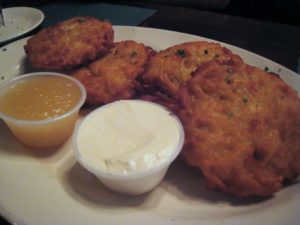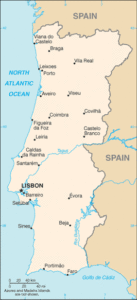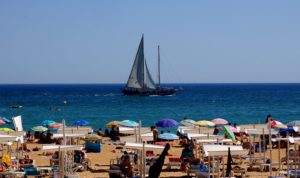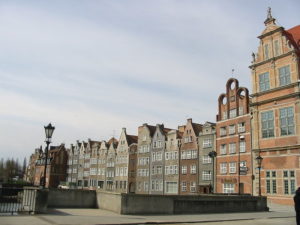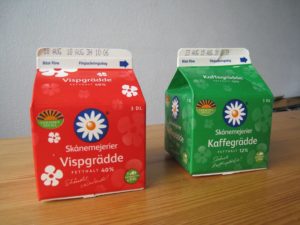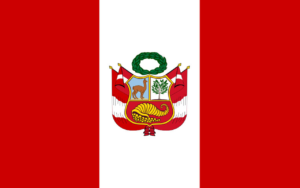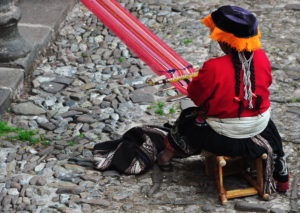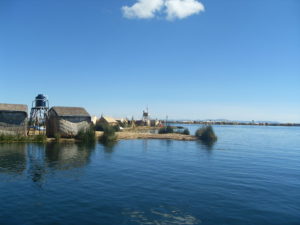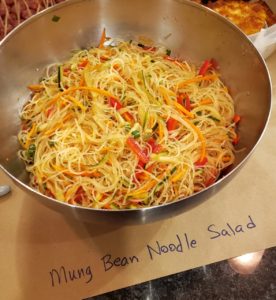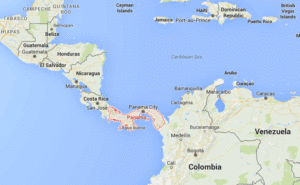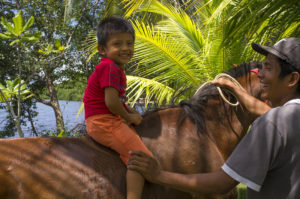Kids in our cluster are returning to school, in person or virtual. This means changes to the au pair schedule and possibly to the duties. It is very important to communicate these changes to avoid problems.
I suggest you discuss the following (if applicable). Remember to tailor it to the particular student/s. If you are doing virtual learning, hybrid or back to a regular schedule:
Regular classes:
Au pair’s work schedule. Remember that all program rules apply, even in a pandemic. Not more that 45 hours over a week, not more than 10 hours in any one day and not more than 5.5 days per week, with one full weekend per month off (minimum).
- The children’s school and activity schedules.
- Mask supplies and procedures.
- Where the children get dropped off and picked up and who will be doing this.
- What to do if a child is staying home sick, late to school, does not get off the bus (if they are supposed to).
- How to tell if school has been canceled or delayed for bad weather.
- Add the au pair to your list of people allowed to pick up the kids from school.
- What to pack for lunch (don’t forget the cold packs). Note any allergies in the classroom to be aware of as well.
- The routine after school (do they have free time before starting homework, what to give for snack, any chores, where do they put their backpacks & lunchboxes).
- How to communicate about what’s going on at school.
- Specific instructions for driving on and off school grounds, where to park, direction of travel. Do you get out or does staff open the doors, etc.
- Discuss timing. When does your au pair need to leave the house to get to the bus stop or drive to the school?
Hybrid or Virtual:
Au pair’s work schedule. Remember that all program rules apply, even in a pandemic. Not more that 45 hours over a week, not more than 10 hours in any one day and not more than 5.5 days per week, with one full weekend per month off (minimum).
- The above, but also…
- Discuss the packing and wearing of masks.
- Where will the student/s work?
- How to access student logins, passwords, etc.
- Share the communications from the teachers regarding weekly schedule, class updates, deadlines, etc.
- What to do if there are issues with log in.
- They finished school early and have time before the next log in…what activities?
- If you have multiple kids and multiple schedules, please work with your au pair to find balance in the day and develop time management supports as needed.
- Where are supplies being kept? General as well as school supplied items.
- Know that the first days will have many challenges and possible connectivity issues. Deep breaths all around.
- Remember that this is confusing to us as parents. Add into the mix English as a second language. Have an abundance of patience as we all move forward.
- Remember that the au pair should not be solely in charge of education. She is not a teacher in the State of Maryland and you, as parents, need to be involved and in charge.
- Remember that most au pairs did not come with the intent of taking on full schooling activities as part of their au pair year. This is hard for all of us. Kudos for the au pairs that have persevered to walk through this pandemic with us!
- Let me know if you need help! I’m navigating this too!
Online Supports
Homework:
If the au pair will be the one going through the children’s back pack and helping with homework, I suggest you designate an area for putting things that need to be read and/or signed by parents.
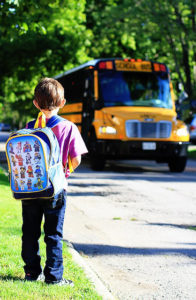 School Buses:
School Buses:
Remember to discuss school bus safety and the rules about driving when school buses are near. Stopping when the lights flash and the stop sign comes out unless the road is divided, etc.
For more safety info regarding school buses, visit the National Safety Council website.
Consumer Reports has additional info and check out this great visual on how to move in traffic with a school bus. This is a very important discussion to have with your au pair. Sarah and I will be sharing this info with the au pairs as well, but it’s important that we all discuss school safety.
School lunches:
If your students will be packing lunches, now is a good time to have a 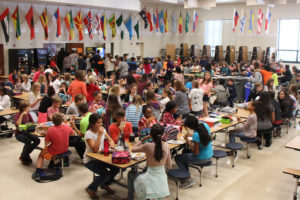 conversation about what packing lunches looks like in your family. Pre-packing lunches could be helpful to for our virtual learners. One less task to complete in the middle of a hectic day.
conversation about what packing lunches looks like in your family. Pre-packing lunches could be helpful to for our virtual learners. One less task to complete in the middle of a hectic day.
- Make lists of foods and amount.
- Show your au pair the types of containers you use and how you prefer the lunch bag to be packed.
- Discuss what to do when they get home from school. Will the au pair or child unpack the lunchbox?
- Do you pack some items ahead for the week (snack bins, cut up hearty veggies, etc)?
- Do you pack the night before or in the morning?
- Discuss the time needed to complete these tasks in the morning if that is your preference.
- Don’t assume she will just know what you prefer.
- Check out the APIA Pinterest boards for more lunch ideas!
- 100 non sandwich ideas!
- 100 school lunches your kids will want to eat!
- 25 Lunchbox ideas!
Reminder: It is illegal in the State of Maryland for a child under the age of 8 to be left alone in the home or car. Please make sure that your drop off routine does not include leaving children under 8 at home or in the car while dropping off another child. Even if a host parent gives permission to do this, it is not allowed, because it is against the law.
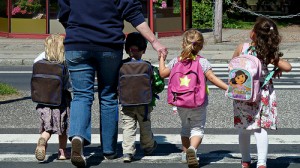
Photo by Jens Rost {flickr}, State Farm {flickr} and Woodleywonderworks {flickr}

